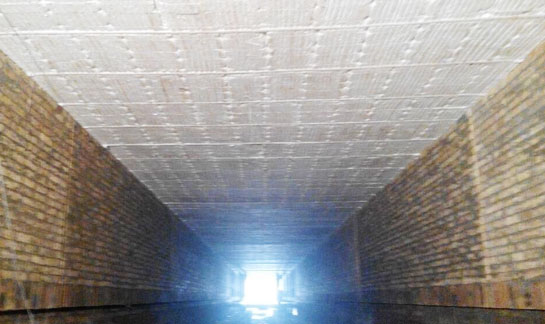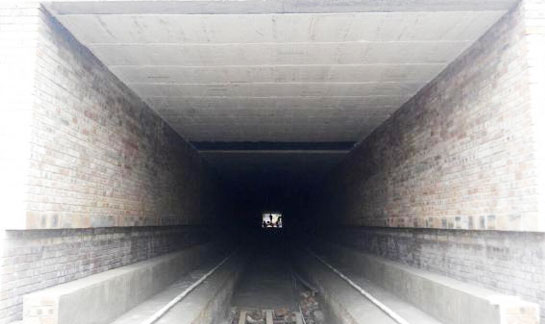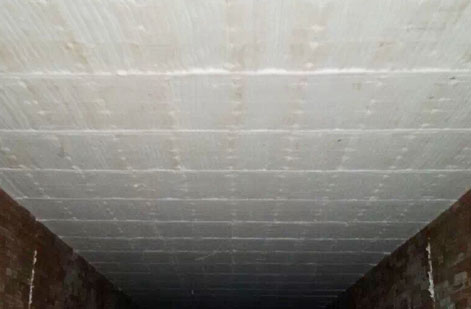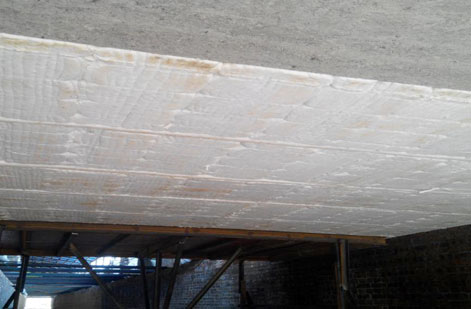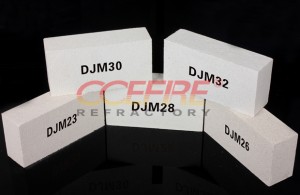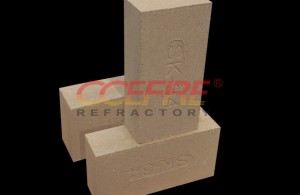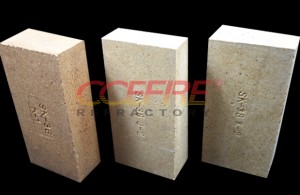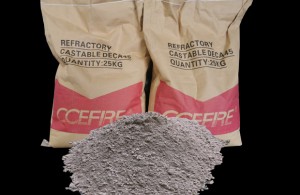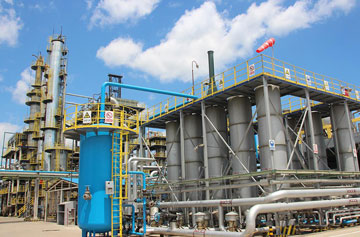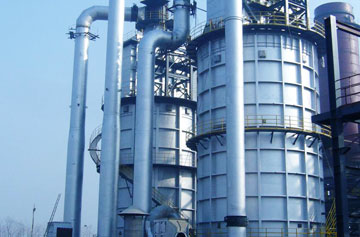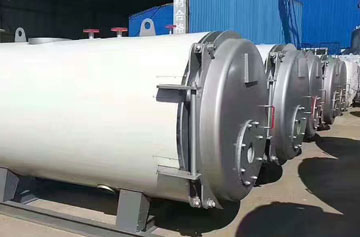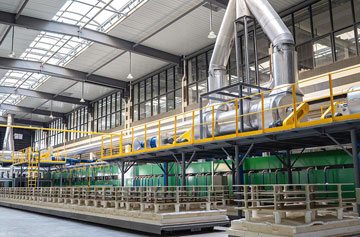Technical design of refractory fiber ceiling lining for flat-top tunnel furnaces
All adopt a tiled composite structure of CCEWOOL folding modules and CCEWOOL fiber blankets; the hot surface adopts CCEWOOL high-purity ceramic fiber modules, and the back lining adopts CCEWOOL standard ceramic fiber blankets.
The CCEWOOL ceramic fiber modules are arranged in “a battalion of soldiers” type, and a 20mm thick CCEWOOL fiber blanket between the rows is folded and compressed to compensate for shrinkage. After the lining is installed, considering the large water vapor inside the brick furnace, the surface of the CCEWOOL ceramic fiber module is painted twice with hardener to resist water vapor and high wind speed.
A composite structure of ceramic fiber modules and layered blankets for the furnace lining
The reasons for choosing the structure of CCEWOOL ceramic fiber modules and tiled ceramic fiber blankets are: they have a good temperature gradient, and they can better reduce the temperature of the outer walls of the furnace and extend the service life of the furnace wall lining. At the same time, they can find the unevenness of the furnace wall steel plate and reduce the total wall lining costs. In addition, when the hot surface material is damaged or cracked due to an accident, the tiling layer can temporarily protect the furnace body plate.
The reasons for choosing T-shaped anchor of ceramic fiber modules are: as a new type of multi-purpose high-temp insulation material, compared with the traditional ceramic fiber blanket layer structure, the cold surface of the anchor is fixed and not directly exposed to the hot working surface, so it not only reduces the formation of thermal bridges, but also reduces the material grade of the anchors, and thereby reduce the cost of the anchors. At the same time, it improves the wind erosion resistance of the fiber lining. Moreover, the thickness of the angle iron anchor is only 2mm, which can realize the close fit between the ceramic fiber modules and the layered blankets, so there will never be a gap between the modules and the backing ceramic fiber blankets to cause the unevenness on the lining surface.
The process steps of installing and constructing CCEWOOL ceramic fiber modules
1. During construction, prior to welding the steel structure, make a flat pallet with a width slightly narrower than the section of the furnace body, install a telescopic bracket on the furnace car as a support, and then align the pallet with the small platform (the bottom of the fireproof cotton).
2. Place the jack under the support and the flat plate on the support, adjust the jack so that the height of the flat plate can reach the position required for hanging cotton.
3. Place the modules or folding modules directly on the flat tray.
4. Tile ceramic fiber blankets. In the installation of ceramic fiber modules, the anchors need to be welded first. Then, pull out the ceramic fiber module plywood and lay the ceramic fiber blankets.
5. Use external force (or use a jack) to squeeze the cotton hanging section so that the compensation blanket between the folding blocks or modules becomes closer.
6. Finally, place the steel structure material on the connecting rod and weld it to the connecting rod firmly
7. Unscrew the jack, move the furnace car to the next construction section, and the stage work can be completed.
Post time: May-10-2021


